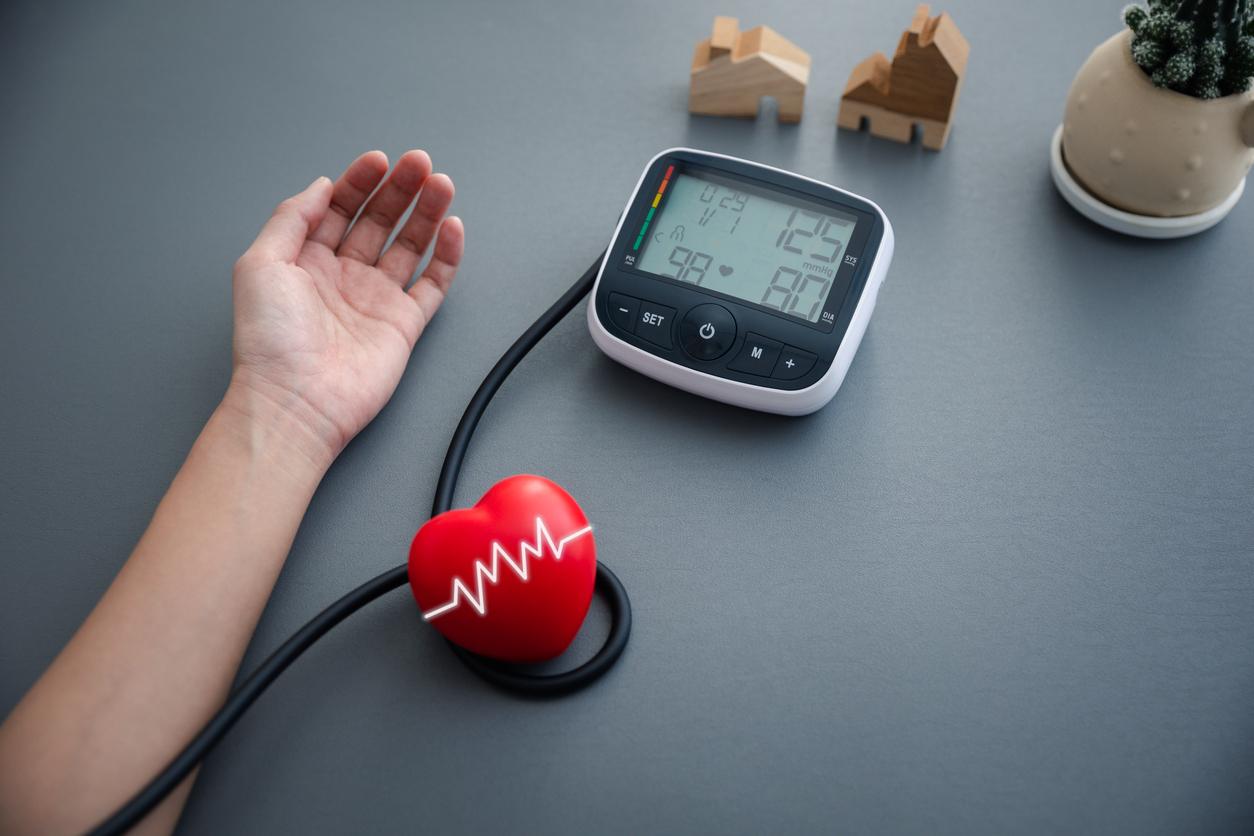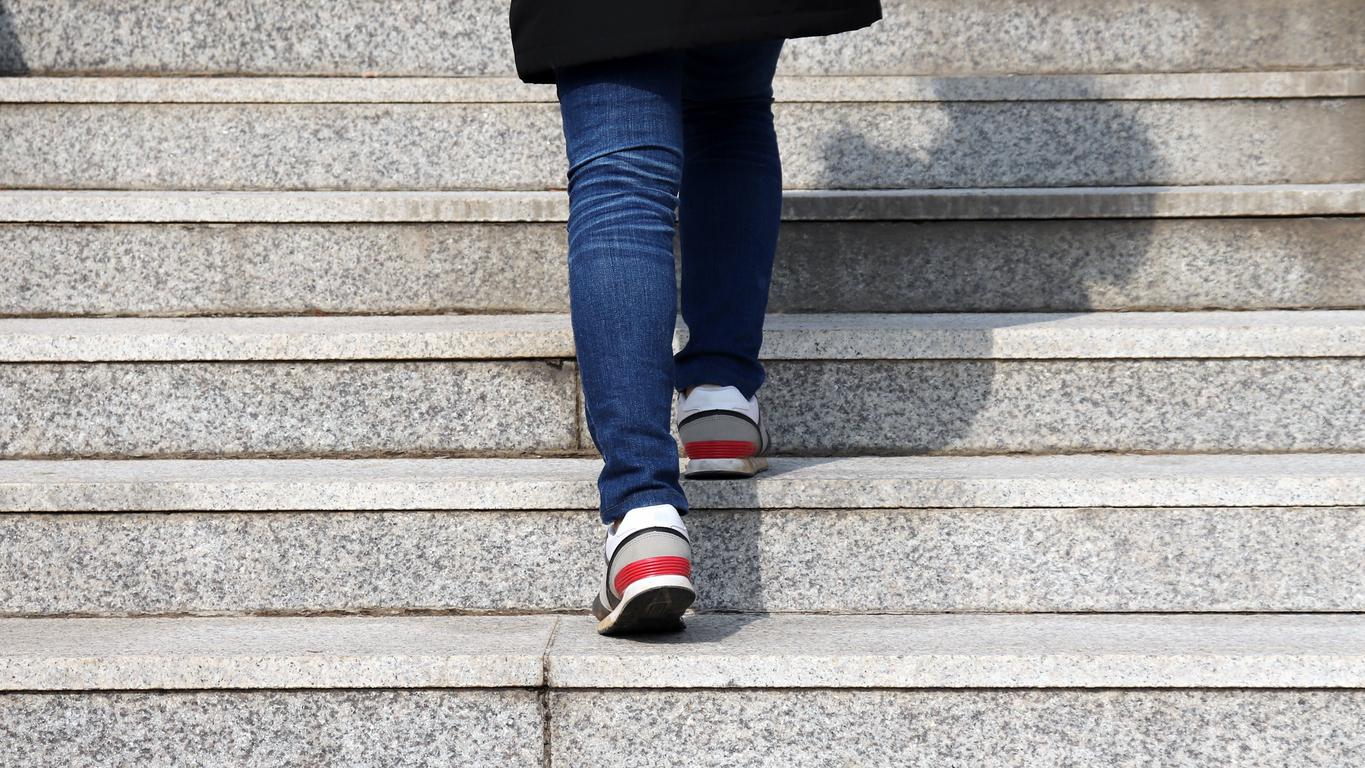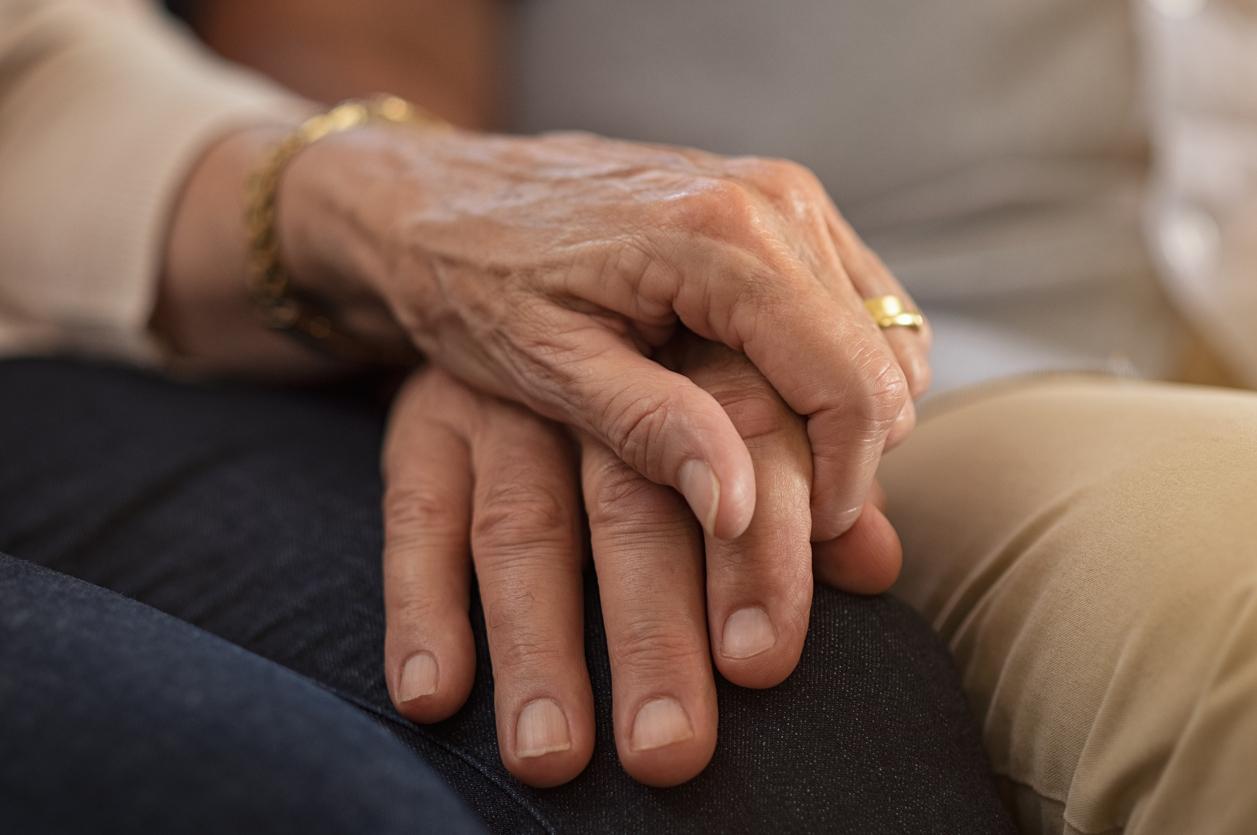A new study finds that if one partner in a heterosexual couple has hypertension, the risk that the other partner will also have it is particularly high.

- A study of married and unmarried heterosexual couples shows that in 20 to 47% of cases, both partners suffered from high blood pressure.
- The prevalence of both partners having hypertension was highest in England and the United States.
- On the other hand, the risk of developing hypertension when one’s spouse suffers from high blood pressure was greater in China and India.
If your significant other has very high blood pressure, it might be a good idea to see a cardiologist or doctor yourself. A study published in the Journal of tea American Heart Association on December 6, 2023, has just highlighted thati one partner in a heterosexual couple suffers from high blood pressure, the other partner often has it too.
Hypertension arterial and torque: a prevalence of up to 47%
For this study to determine if high blood pressure (hypertension) was a couple’s problem, researchers measured the blood pressure of 3,989 American households, 1,086 couples English then 6,514 settled from China and 22,389 Indian households. Analyzes showed that in each country studied, the prevalence of both spouses suffering from hypertension was high. It was 47% in the United Kingdom, 38% in the United States, 21% in China and 20% in India.
The main author Chihuahua Li, a postdoctoral researcher at the University of Michigan, adds: “Many people know that high blood pressure is common among middle-aged and older adults, but we were surprised to find that among many older couples, both husband and wife had high blood pressure in the United States. United, England, China and India. For example, in the United States, among more than 35% of couples aged 50 or older, both had high blood pressure.“

HTA: couple-based prevention, a solution?
In addition, the risk for a woman of developing excessively high blood pressure when her partner suffered from this condition was estimated at 19% in India and 26% in China. The rate was 9% in the USA and England. “In each country, similar associations were observed for husbands.specifies communicated.
“High blood pressure is more common in the United States and England than in China and India. However, the association between couples’ blood pressures was stronger in China and India than in the United States and England. One reason could be cultural. In China and India, there is a strong belief in staying together as a family, so couples could further influence each other’s health.”specifies the main co-author of the study, Peiyi Lu, Columbia epidemiology postdoctoral researcher University Mailman School of Public Health. “In collectivist societies in China and India, couples are expected to depend on and support each other and emotionally, so health may be more closely linked.”
For researchers, this study highlights the interest of a couple-based approach to preventing high blood pressure (hypertension). They suggest that strategies such as couple screening or joint participation in hypertension management programs to reduce the risks associated with high blood pressure be put in place for both partners.

















